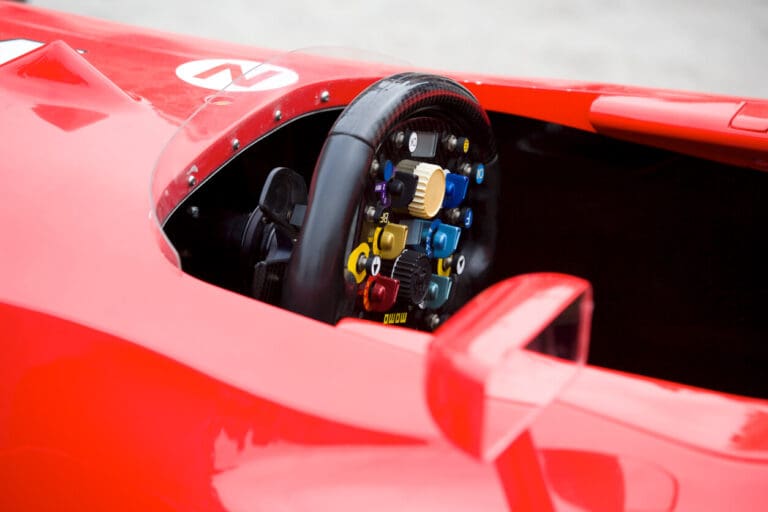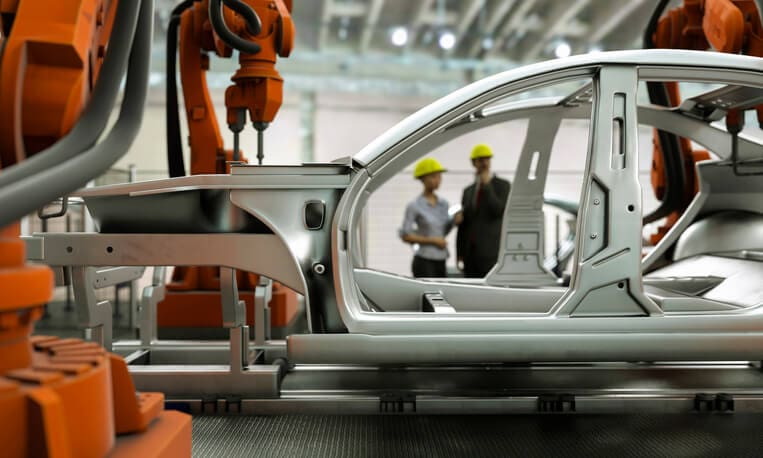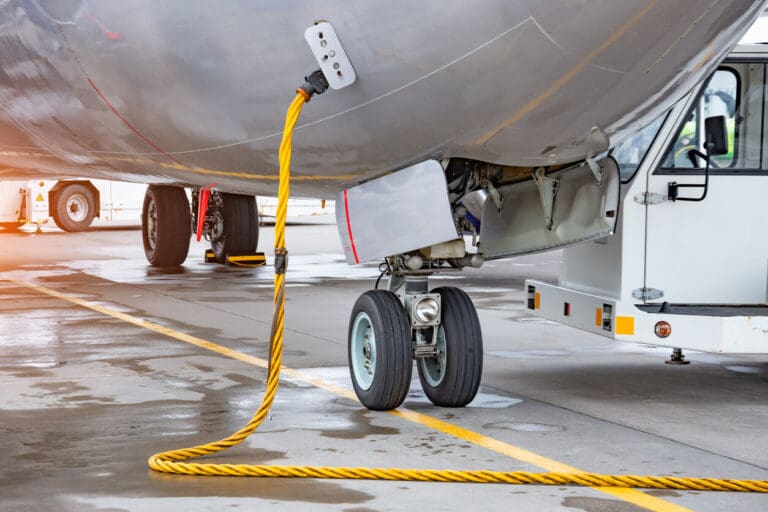
Are Motorsport Cables the Hidden Upgrade Behind Faster Lap Times?
Motorsport teams chase marginal gains in every area of the car, yet many still treat...
Read More
Robots are no longer limited to science fiction – or to big high-volume operations with large budgets. Today, virtually every area of the commercial world is getting a boost in production, efficiency and outcomes from investing in robotics. In the automotive world, automation technology has made a big difference and it’s the implementation of robotics that has allowed plants to optimise and capitalise on this.
According to a recent report, 88% of companies are planning to introduce robotic automation into infrastructure. The benefits are very clear and new industries are driving up a market that is likely to be worth more than $74 billion globally by 2026. Automation is something that has already made a big impact in automotive plants and this is an industry that has been responsible for driving up the sales of robotics internationally thanks to the many and varied ways in which this technology can be used. Today, there are robots doing everything automotive, from welding and painting through to trimming, cutting, assembly and part transfer. In fact, it’s fair to say that the automotive sector has been blazing a trail where robots are concerned and other sectors such as food and life sciences are starting to follow.
The use of robots in automotive plants has the potential to introduce a great deal more flexibility into the manufacturing process. Automation technology is already able to improve efficiency, make a business more responsive to customer demands and able to achieve high-mix, lower volume production. However, that’s not the only trend with robotics in automotive plants that presents an opportunity for more flexibility. When used alongside artificial intelligence and machine learning, robots also have the potential to be able to think, learn, draw and even draw conclusions about situations without any input from the human team. These robotic solutions go beyond simple process automation, offering something more in-depth and creating the opportunity for ‘lights out’ manufacturing where a small (or no) team is required to control operations.
As we move into a new era of technology in automotive plants, robots are set to become a core resource. To achieve the desired flexibility when it comes to any tasks that involve handling or servicing, fast and reliable tool-change technology is going to be the key. To deliver on the flexibility that robots have the potential to offer, it’s vital for today’s robots to be supported by automatic tool change devices that are designed to simply replace the end of a gripper (or finger) without any risk (for example problems with communication, loss and stoppages). It’s this kind of innovation that is going to allow robots to be even more widely used in manufacturing and to bring a whole new level of flexibility to the factory floor.
Robots are drivers of efficiency and flexibility and have the potential to change the way that automotive plants function forever.

Motorsport teams chase marginal gains in every area of the car, yet many still treat...
Read More
The wiring harness is a high-risk single point of failure in any complex system. If...
Read More
The wiring harness is the highest risk, lowest profile element in flight-critical infrastructure. When your...
Read MoreReady to talk cables, fibre or full network solutions? Get in touch with our team today, we’re here to help.